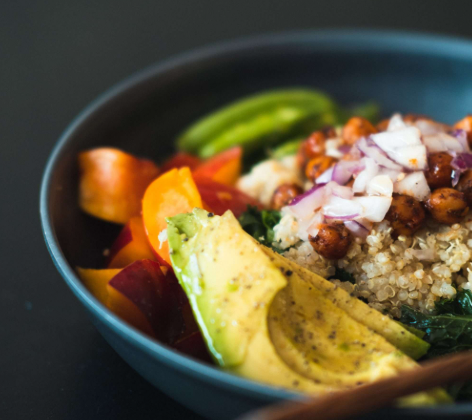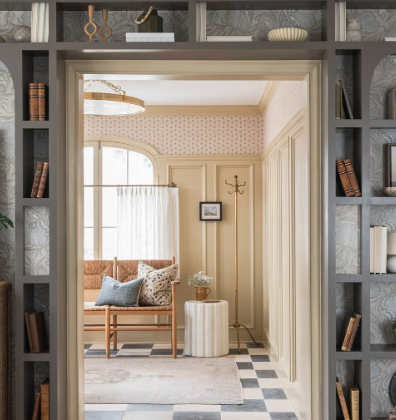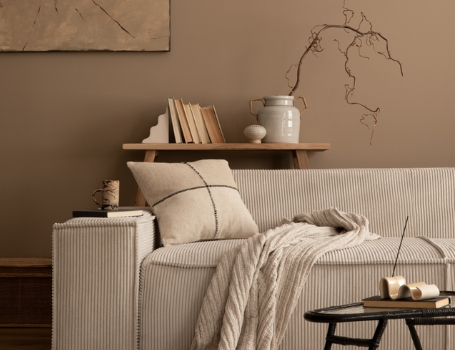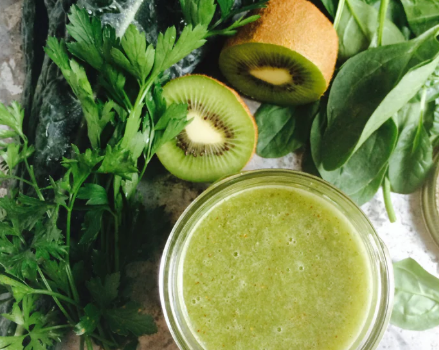
Everyone deserves a little self-care now and then. Whether it’s indulging in a spa day, getting a manicure, or just unwinding at home, pampering yourself doesn’t have to come with a hefty price tag. If you’re looking for ways to treat yourself without breaking the bank, here are six affordable yet effective self-care ideas that will leave you feeling refreshed and rejuvenated.
1. Enjoy a Good Hair Day
We all want our hair to look fabulous, but salon treatments can be expensive. Instead, why not treat your hair to a nourishing DIY mask at home? Coconut oil, for example, is a natural option that will leave your hair feeling smooth and healthy. Simply apply it as a mask, leave it on for a while, and rinse. It’s an easy, budget-friendly way to pamper your hair and give it the attention it deserves.
2. Create a Home Spa Experience
You don’t need to book an expensive spa treatment to enjoy relaxation. Create your own spa atmosphere at home with a warm bubble bath, soothing music, and maybe even a glass of wine to set the mood. Scented candles, soft towels, and your favorite bath products can elevate the experience. If you’re feeling extra indulgent, you can even invite a partner to join in for a fun and relaxing stay-at-home spa day.
3. Plan a Staycation
Vacations are fantastic, but they often come with a hefty price tag. Why not opt for a staycation instead? Find a nearby hotel or resort that offers a peaceful escape from the routine. Spend your days relaxing, binge-watching your favorite shows, enjoying great food, and simply recharging. You’ll feel refreshed without the need to travel far or spend too much.
4. Skip the Expensive Beauty Products
High-end beauty products can be tempting, but they don’t have to be your go-to for self-care. You can make your own luxurious beauty treatments at home with simple ingredients. From face masks to hair treatments, there are plenty of DIY beauty options available online. You don’t need to splurge to enjoy a little pampering—sometimes the best beauty products are the ones you make yourself.
5. Do Your Own Manicure
Manicures can be a great way to treat yourself, but they don’t have to cost a fortune. Instead of booking a salon appointment, why not do it yourself at home? Set up a cozy spot, put on some music, and get to work on your nails. With just a few basic tools, you can achieve salon-quality results right at home. The best part? It’s an affordable way to relax and enjoy a bit of self-care whenever you feel like it.
6. Enjoy a Fancy Yet Healthy Meal
If you’re a foodie, there’s no better way to pamper yourself than with a delicious meal. You don’t need to go to an expensive restaurant to enjoy a special dinner. Prepare a fancy, healthy meal at home and enjoy it while watching your favorite show or having a cozy dinner with friends. Whether it’s cooking a new recipe or treating yourself to your favorite dish, a great meal can be a perfect way to indulge without overspending.
These six affordable self-care ideas are perfect for anyone looking to pamper themselves on a budget. So go ahead—treat yourself today, and enjoy the little moments of self-care that make all the difference.

















